As part of our ongoing work in the ALLEGRO project we’ve been leveraging system-level modeling to analyze and compare the performance of Single Carrier (SC) and Discrete Spectrum Carrier Multiplexing (DSCM) systems under narrow filtering constraints.
🔎 Key Insights:
✅ Filtering Impact: Our analysis, based on validated models, confirms that filtering-induced degradation is particularly severe for edge DSCs and significantly affects SC systems.
✅ Bandwidth Adaptation: To maintain system performance, one solution is to reduce signal bandwidth.
✅ DSCM Flexibility Advantage: Unlike SC transceivers, DSCM TRXs offer higher adaptability by selectively turning off affected DSCs, mitigating penalties without requiring symbol rate adjustments.
📊 Results:
🔹 Reducing the net data rate from 400 Gb/s to 300 Gb/s effectively mitigates filtering penalties for both approaches.
🔹 However, current SC TRXs lack the fine-grained symbol rate control needed for efficient adaptation.
🔹 DSCM proves to be the more flexible solution, offering dynamic capacity adaptation for real-world deployment.
Our findings further validate the robustness and adaptability of DSCM, reinforcing its potential for next-generation high-speed optical communications.
💡 What are your thoughts on the trade-offs between SC and DSCM for future networks? Let’s discuss!
#HorizonEurope #ALLEGRO #OpticalCommunications #DSCM #SC #Telecom #SystemModeling

